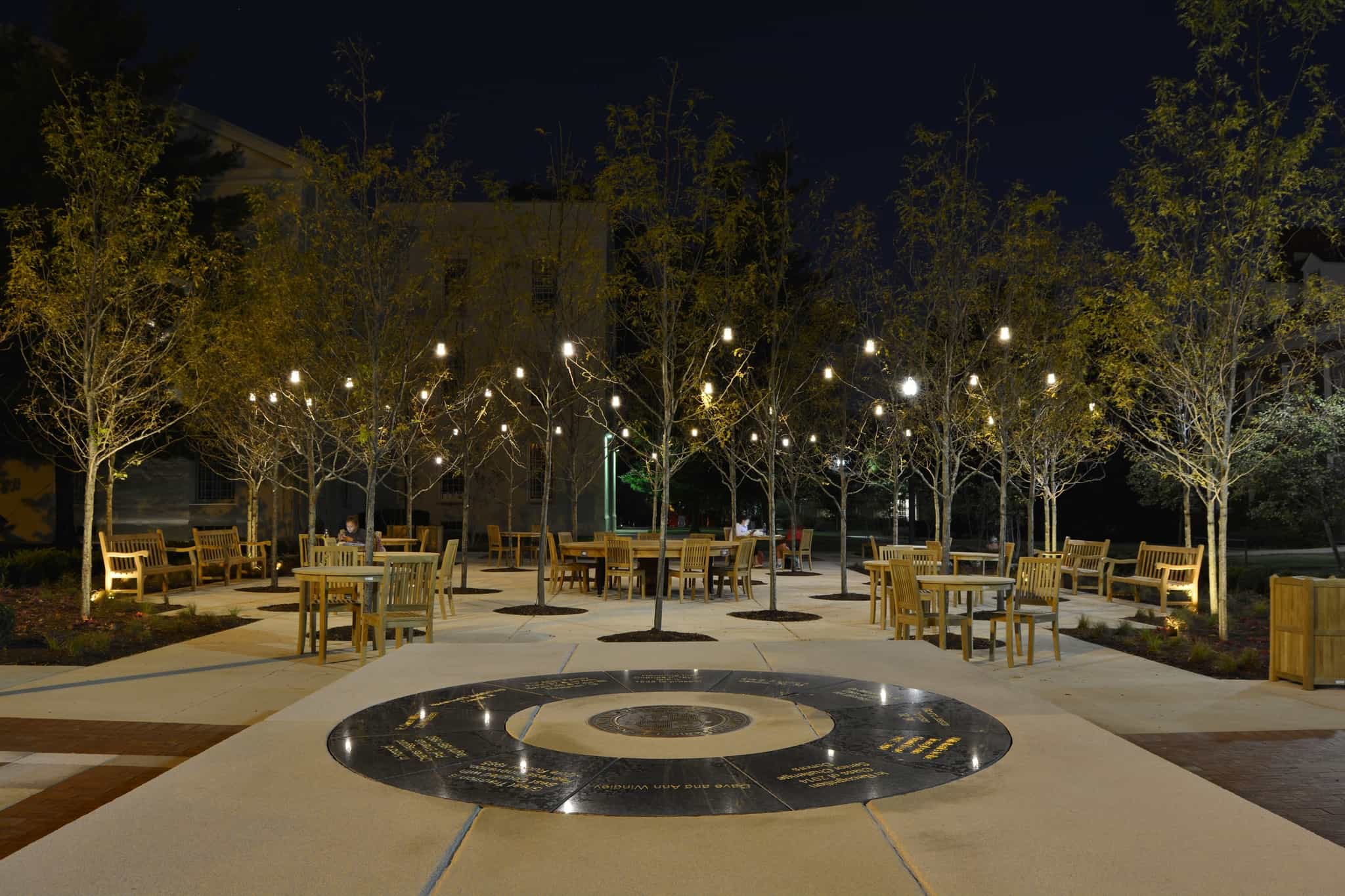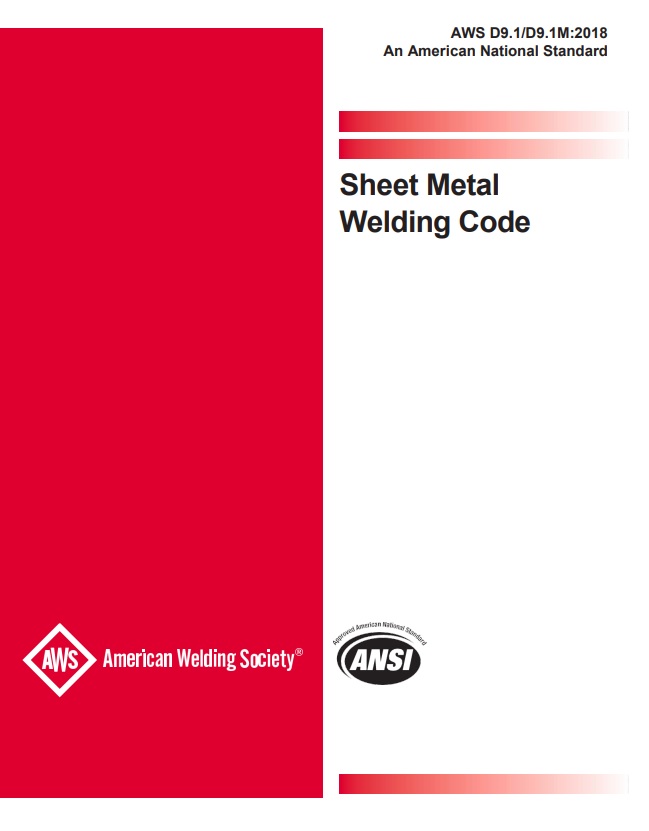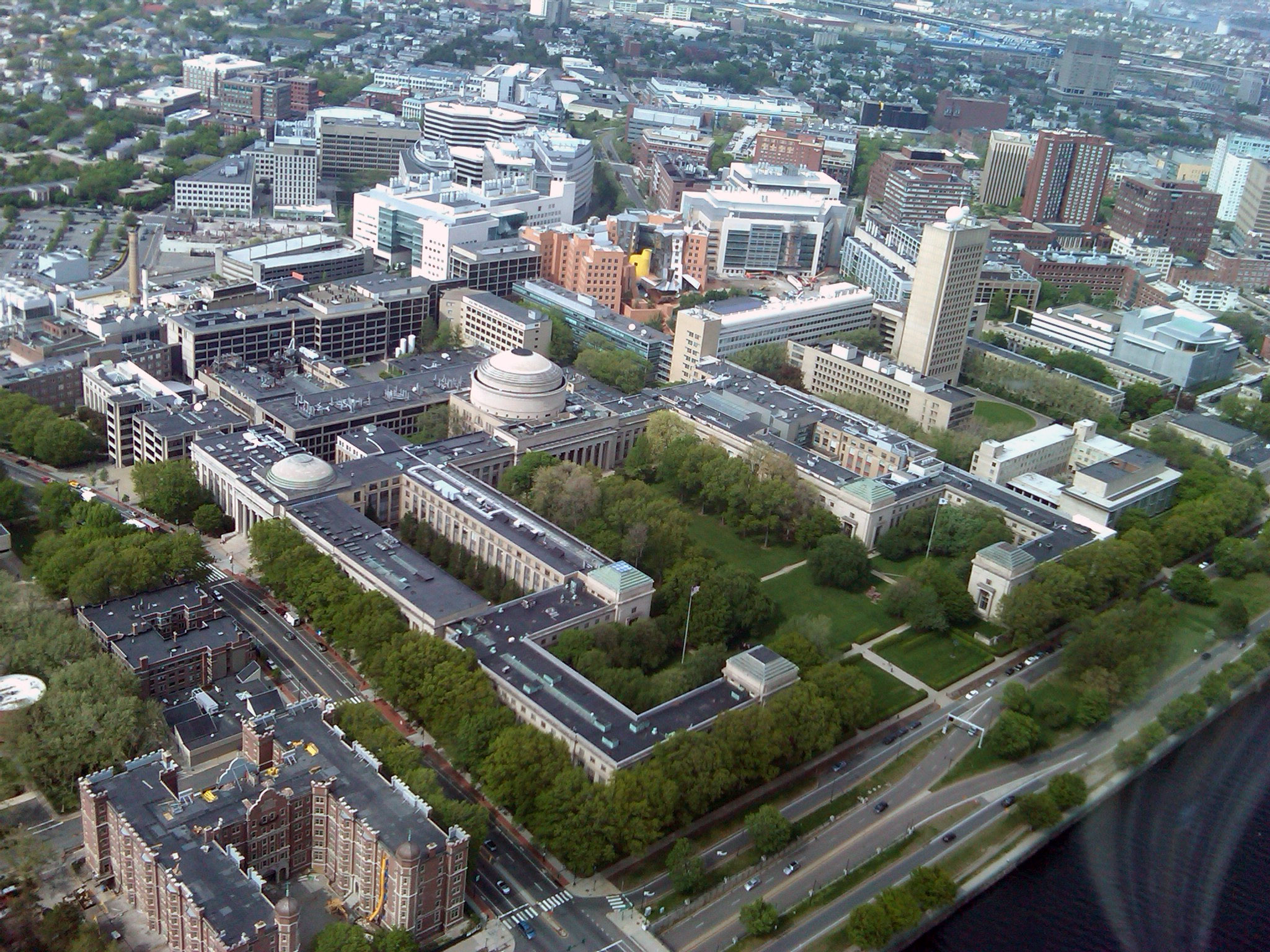Class: A Guide Through the American Status System
- Home Page 218

Landscape Lighting
Luminaires receive operating energy at voltage ranges from 120V to 600V AC. For safety and aesthetic reasons — in gardens or inside stairway balustrades or bollards, for example — low voltage lighting is preferred. The illumination of the pathway, for example, reduces risk to the community far more than the risk voltage presents. These installations typically operate at 12 to 50 volts direct current. Manufacturers bear much of the electrical safety burden; assuming the Owner installs and maintains the system correctly.
Faster than anyone will expect, interior building lighting will morph into low voltage systems because 1) the lower energy supply required by LED luminaires will make it possible to pipe that energy through low voltage cabling systems, 2) the pace of innovation we see in information and communication technologies will use those cabling systems for greater control of illumination systems.
We see these trends tracking in two sections of the 2020 National Electrical Code:
Article 300 Wiring Methods (Table 300.5)
Article 411 Low-Voltage Lighting
CLICK HERE for Free Access to the current 2023 Edition.
Comments on Public Input for the 2026 Revision will be received until 28 August 2024. Use workspace linked below:
CMP-9 Public Input with Committee Response
CMP-18 Public Input with Committee Response
Apart from integrating a new definition of “extra low voltage” into the NEC, Article 411 is a relatively quiet part of the NEC. Not so with Article 300 which is of great consequence to wiring manufacturers, among others.
We coordinate our advocacy in all education community electrotechnologies with the IEEE Education & Healthcare Facilities Committee which meets online 4 times monthly in both European and American time zones. We maintain low voltage lighting on the standing agenda of our Power and Bucolia colloquia. See our CALENDAR for the next online meeting; open to everyone.
Issue: [NFPA Workspace]
Category: Power, Illumination, Bucolia
Colleages: Mike Anthony, Jim Harvey (University of Michigan), Kane Howard, Glenn Keates (Michigan State University), George Zsissis (University of Toulouse)
LIVE: Annual Meeting 2023
List of projects in which Standards Michigan is presently a user-interest voting member; or previously a voting member:
Metals
MasterFormat Division 5: Metals
Today we refresh our understanding of action in the catalogs of the following standards developers in the metalwork domain:
American Society of Mechanical Engineers
ASME Boiler & Pressure Vessel Code Section IX Welding
ASTM International
A proposed standard will guide the process of electrical conductivity tests for verification of heat treatment of #aluminum alloys. https://t.co/BQ88vG9paN pic.twitter.com/Jt7CvDLhoP
— ASTM International (@ASTMIntl) September 20, 2023
Institute of Electrical and Electronic Engineers
Human-centered augmented reality manual arc welding active safety design
International Code Council
International Building Code Chapter 22 Steel
International Fire Code Chapter 35 Welding and Other Hot Work
International Electrotechnical Commission TC 26
International Standardization Organization TC/44
National Fire Protection Association
National Electrical Code Article 630 Electric Welders
Install 50 Amp welder outlet circuit in workshop for 220/240 VAC MIG welder
Occupational Safety and Health Administration
Sheet Metal and Air Conditioning Contractors
Open to everyone. Use the login credentials at the upper right of our home page.
物理学科の井原慶彦講師と一緒に理学部の秘密基地、機械工作室を訪れてみました。迎えてくれたのは女池竜二技術長。超精密な一点ものの工作物が並んでいて、宝の山のような場所でした。井原さんと女池さんの対談はいずれ公開します。お楽しみに! pic.twitter.com/unhg9GBpBy
— 北海道大学理学部 (@Science_HU) December 13, 2022
Signing the steel beam for the new MES addition! Couldn’t pass up a picture of these cute first grade twins making their mark @MadeiraESPrin! pic.twitter.com/FIKhtFW6kT
— Tracy Knueven (@tracyknueven) March 1, 2023
Readings
The troubled history of vocational education
Welding technology has evolved over centuries, and it’s difficult to credit a single person with advancing it because they each played a role in the “gales of innovation” described by Joseph Schumpeter. Here are a few notable individuals:
- Sir Humphry Davy (1778-1829): Davy, an English chemist and inventor, is often credited with the discovery of the electric arc, a critical development in welding technology. His work laid the foundation for many modern welding processes.
- Elihu Thomson (1853-1937): Thomson, an American engineer and inventor, made substantial contributions to electric welding technology. He improved the design of welding machines and was a pioneer in developing the resistance welding process.
- Nikolay Benardos (1842-1905): A Russian inventor and engineer, Benardos is often credited with patenting one of the first arc welding methods using carbon electrodes. His work helped popularize arc welding as a practical joining method.
- C.L. Coffin (1877-1959): Coffin, an American engineer, played a crucial role in the development of the submerged arc welding process. This method is still widely used in heavy industry for its high deposition rates.
- Charles Picard and Auguste De Meritens: These two inventors are credited with developing the first successful welding process using a consumable electrode, known as metal-arc welding. Their work laid the foundation for modern stick welding.
- Carl Wilhelm Siemens (1823-1883): Siemens, a German engineer, made significant contributions to the development of gas welding. His work with gas flames laid the groundwork for the oxyfuel welding and cutting processes that became essential in industry.
- Percy Spencer (1894-1970): Spencer, an American engineer, accidentally discovered microwave heating while working with radar equipment during World War II. His discovery indirectly contributed to the development of microwave welding techniques.
These individuals are the first names that collectively advanced welding technology.
What Fine Madness
This content is accessible to paid subscribers. To view it please enter your password below or send mike@standardsmichigan.com a request for subscription details.
Determining Strength of Corroded Pipelines
As cities-within-cities many colleges and universities own and maintain at least 10 miles — and possibly up to 1000 miles — of underground piping for water, steam and natural gas; much of it under pressure within buildings or in outside, underground tunnels. The American Society of Mechanical Engineers develops a suite of standards for these, and many other piping systems:
ASME B31 Piping System Standards
Fluids running under pressure are a significant infrastructure hazard in educational and all communities
ASME has released a redline of B31 Manual for Determining the Remaining Strength of Corroded Pipelines for public comment:
ANSI Standards Action Pages 137 – 139
ASME often posts its redlines in ANSI Standards Action as well as on its standard development platform:
This document is intended solely for the purpose of providing guidance in the evaluation of metal loss in pressurized pipelines and piping systems.
Comments are due July 26th.
You may send comments (with optional copy to psa@ansi.org) to: Ray Rahaman, rahamanr@asme.org
The ASME consensus product line is on the standing agenda of our periodic Mechanical, Energy and Nota Bene teleconferences. See our CALENDAR for the next online meeting; open to everyone.
Issue: [19-148]
Category: District Energy, Energy, Mechanical
Colleagues: Richard Robben, Larry Spielvogel
New update alert! The 2022 update to the Trademark Assignment Dataset is now available online. Find 1.29 million trademark assignments, involving 2.28 million unique trademark properties issued by the USPTO between March 1952 and January 2023: https://t.co/njrDAbSpwB pic.twitter.com/GkAXrHoQ9T
— USPTO (@uspto) July 13, 2023
Standards Michigan Group, LLC
2723 South State Street | Suite 150
Ann Arbor, MI 48104 USA
888-746-3670





















